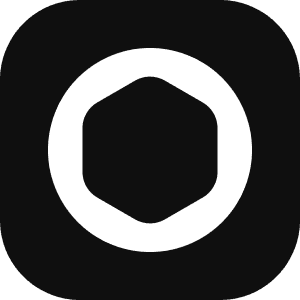
Population Scale Health Management Platform
Overview
In September 2022, I participated in an ambitious project at Google that aimed at establishing digital health records for an entire population in the state of Tamil Nadu.
This endeavor sought to create a centralized repository of health data for 18 million individuals, encompassing geographic, demographic, and social determinants of health.
Employing participatory design principles, we developed a purpose-built cloud-native platform. This initiative aligns with national digital health transformation plans, serving as a model for similar economies seeking to enhance population health.
My Role
User Experience Designer
Design Systems
Wireframing
Usability Testing
Participatory Design
Rapid Prototyping
Design Frameworks
Status
2022—2023
The TN-PHR App continues to be implemented in the state of Tamil Nadu by the government.
NCDs contributed significantly to morbidity necessitating timely intervention for effective management
The fragmentation of health data hindered efficient resource allocation and preventive care delivery to the beneficiaries
Lack of a digital health infrastructure led to a strain on community health workers & poor health management
Success of Design. Built in cross-collboration with delivery teams at Google,Tech Mahindra & Lattice
Atomic
Design Principle
Designed modular and reusable components for a complex system with large database allowing the product to be inter-operable.

Comprehensive
Design System
Enabled consistency, efficiency and scalability in product development by providing a unified set of design principles, components, and guidelines.

Build for a Marathon
Not a Sprint
Used principles like progressive disclosure to reduce information density, elevate cognitive overload and reduce the working memory required for a task for a health worker

Color as a tool
for at-a-glance orientation
Used colours to culturally connect, guide attention for enhanced usability and enhance recall value by facilitating easier recognition and memory retrieval

Custom made,
unique Iconography
Primary goal of using iconified design was to enhance quick communication and readability. Iconified design promotes ease of navigation and universal adoption.

